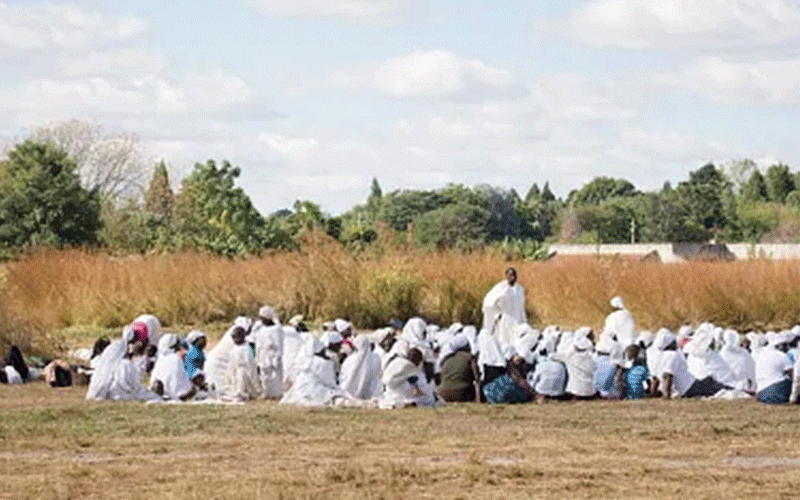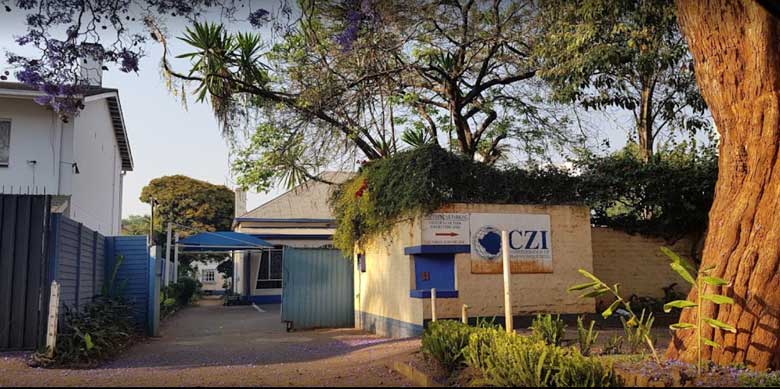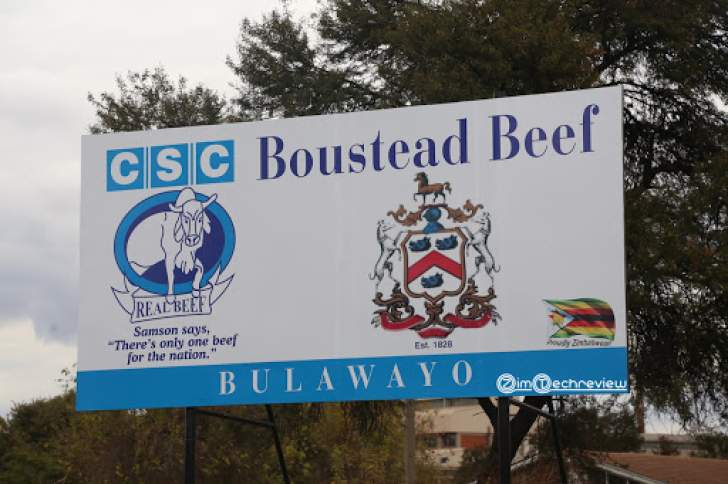
ZIMBABWE’S macroeconomic difficulties will amplify the negative impact of unfavourable weather conditions on agricultural production, adding further pressure to domestic food security, an international research firm has said.
BMI, a Fitch Solutions Company which lowered its corn production forecast for the 2023/24 season to 1,4 million tonnes, said local food security remains precarious.
The research firm said concerns surrounding corn production were particularly relevant given that this is the most important grain crop across southern Africa, representing 70% of total grain production in the region.
“Potential downturns in corn production in Zimbabwe are therefore particularly relevant for domestic food security,” the firm said in its latest report.
“The negative impact of unfavourable weather conditions on agricultural production will be amplified by Zimbabwe’s macroeconomic difficulties, adding further pressure to domestic food security.
“Our country risk team expects that the Zimbabwean currency will weaken by 23,1% against the US dollar in 2024.”
In January 2024, the Zimbabwe National Statistics Agency (ZimStat) reported that headline annual inflation increased to 34,8% with the cost of living also rising by around 45% in the month and by almost 600% compared to 12 months earlier.
The United Nations Food and Agriculture Organisation (FAO) also noted that corn prices rose steeply in January 2024, attributed largely to the weakening of the currency.
- Village Rhapsody: In Zimbabwe poverty is biting the poor the most
- Zim maize output to drops by 43%
- Village Rhapsody: In Zimbabwe poverty is biting the poor the most
- Zim maize output to drops by 43%
Keep Reading
“These developments, along with increases in prices of basic foodstuffs, are likely to be exacerbated during 2024 if the weak corn harvest that we expect materialises,” BMI said.
The research firm said macroeconomic issues in the country were expected to limit household purchasing power with its country risk team expecting private consumption to decelerate due to high costs.
Meanwhile, the firm said several structural challenges continued to weigh on Zimbabwe’s agricultural sector.
These, BMI said included a lack of genetically modified seeds, poor infrastructure, high input costs due to spiralling inflation and a weakening currency.
In November 2023, the FAO expected that approximately 3,5 million people in the country will be in need of humanitarian assistance until at least March 2024.
“This outlook was underpinned by an assessment of the probable impacts of the depreciation of the Zimbabwean dollar and the detrimental impact of below-average rainfall on agricultural production,” the organisation said.
In February 2024, the UN noted that its El Niño response plan will target more than 500 000 people in Zimbabwe.
“We will continue to monitor weather conditions and rainfall levels in Zimbabwe until the corn harvest, scheduled to start in May 2024,” the firm said.










